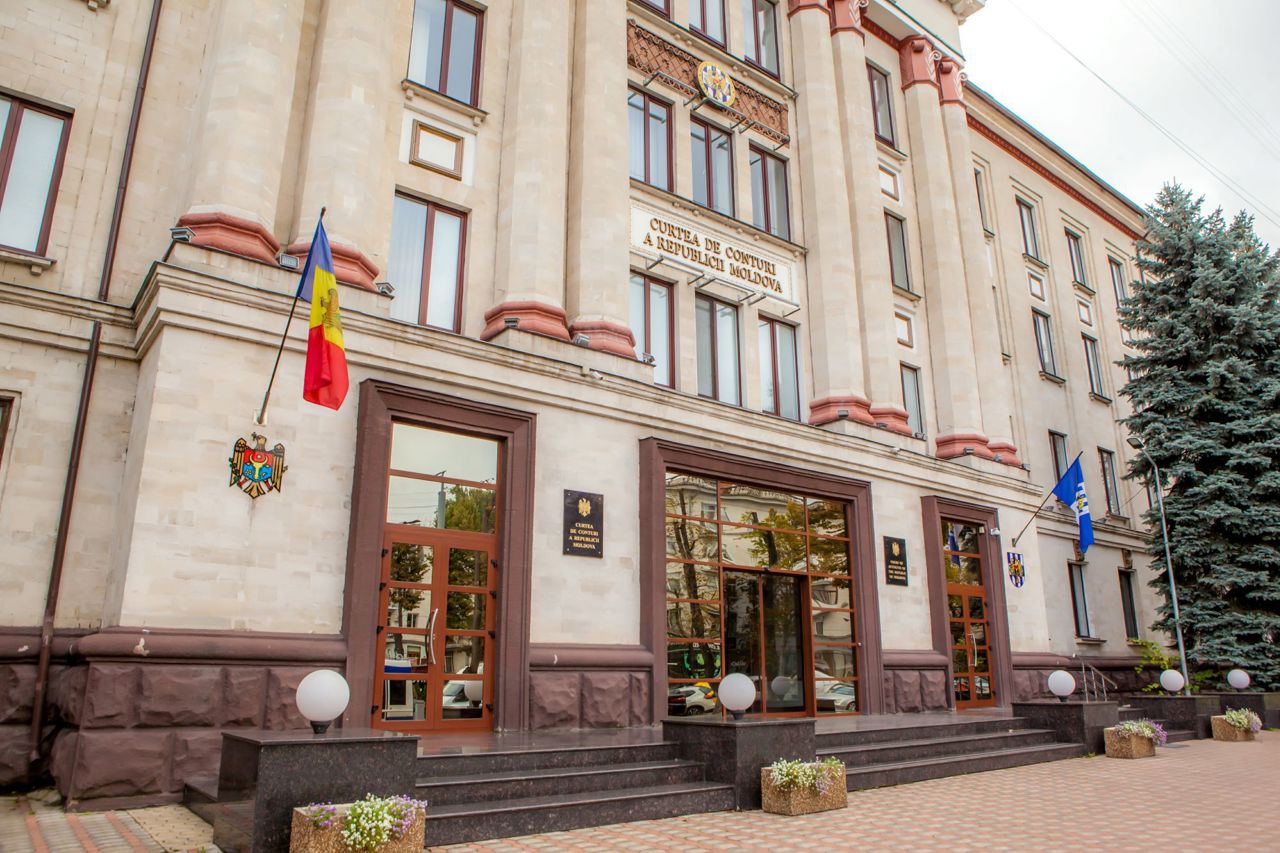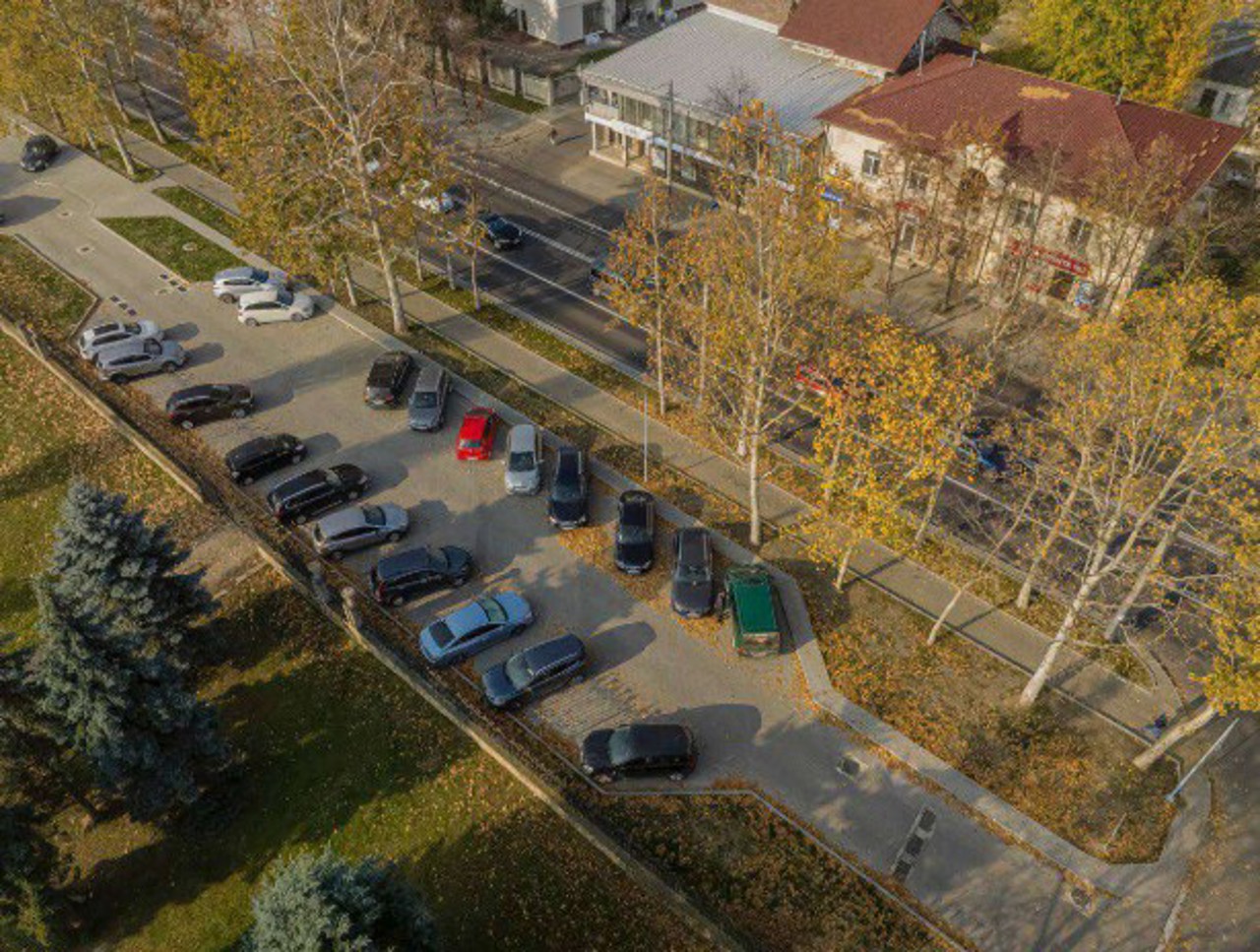A month of crisis // Gas cut off, increased tariffs, disconnections, and the European solution
A month after the energy crisis started, after Gazprom stopped gas deliveries, it is uncertain to overcome it, although solutions seem to exist. The emergency grant of 64 million euros, offered by the European Union, has been approved. However, it remains unclear when gas deliveries to the Transnistrian region will begin from the volumes purchased by Energocom, for which 20 million euros of European aid will be allocated. Chisinau is still waiting for information from Tiraspol about electricity and gas consumption on the left bank of the Nistru. In the meantime, the right bank will continue to import electricity from the European market, only from the 10 million euros provided for in the European grant. Let us look back at the first month of the energy crisis.

How did the crisis begin?
On New Year's Eve, Gazprom turned off the gas tap, leaving both banks of the Nistru in uncertainty. The right bank, for several years, had not depended on Russian gas, but indirectly, purchasing about 70% of the energy needed from Gazprom's gas from the Cuciurgan Power Plant. The left bank, however, was energy dependent on Russia, which is why the onset of the crisis left the region's residents in the cold and darkness and halted industrial production.
In anticipation of the crisis, the authorities in Chisinau began negotiations for the purchase of electricity from other sources. On December 30, the Government gave assurances that electricity disconnections would be the last measure taken and that there were solutions to ensure consumption. Consequently, the interconnection with Romania was activated, importing electricity from Nuclearelectrica and the OPCOM exchange.
Domestic production at CET was increased, and the export of renewable energy was temporarily banned. The energy produced by photovoltaics and wind turbines was distributed for internal consumption. In addition, in the absence of sufficient capacity to import energy, Energocom began purchasing on the intraday market. The energy requirement is reserved from one day to the next.
Electricity and thermal energy prices
With the lack of Russian gas from which electricity was produced at the Cuciurgan Power Plant, energy tariffs have increased:
Premier Energy increased the price to 4.1 lei/kWh (+75%), and FEE Nord to 4.68 lei/kWh (+64%).
The tariffs came into effect on January 10, as the price of electricity purchased by Energocom on the exchange almost doubled.
To mitigate the impact, the Government approved compensation for households and economic agents. Also, the authorities launched an energy-saving campaign, urging the population and public institutions to reduce unnecessary consumption.
Although the efforts led to a stabilization of the situation on the right bank of the Nistru, the crisis was felt differently on the left bank of the Nistru and in some localities in the region.
Transnistrian region: darkness, cold and production shutdown
While the right bank managed to avoid major interruptions, the situation on the left bank of the Nistru was dramatic. On the morning of January 1, Tiraspoltransgaz stopped gas supplies, affecting:
74,900 householders; 131 schools and 147 kindergartens; 130 administrative institutions; Hospitals and social centers.
In the absence of gas, the region relied on coal to produce electricity, but the reserves estimated for 50 days began to run out quickly.
Starting with January 1, the Cuciurgan Power Plant drastically reduced production, which led to disconnections in a fan-shaped manner – at first for one hour, then for four and even eight hours a day.
The disconnections also affected the residents of Varnița and Copanca – villages located on the right bank of the Nistru, but connected to the electricity grid in the Transnistrian region. However, several locals opposed the measures proposed by the authorities. To avoid frequent disconnections, the Government decided to connect them to the Premier Energy network, but the decision sparked protests. People rejected the initiative, fearing higher tariffs. Protesters asked the authorities to find a solution that would not involve an additional financial burden, but in the absence of alternatives, negotiations remained deadlocked. Economic impact: factories closed, thousands of people lost their jobs
The energy crisis hit the Transnistrian industry hard. The Ribnita Metallurgical Plant has suspended operations, leaving over 2,000 workers unemployed. The bakery has closed, and bread has become a hard-to-find product in some areas.
Aid denied, propaganda on the rise
The Moldovan government has offered alternative solutions. Among them, the opportunity to buy gas on European markets, and humanitarian support in the form of generators and resources for hospitals and schools. However, the Tiraspol administration has refused most of these offers.
Meanwhile, propaganda in the region has continued to present the situation as Chisinau’s sole fault. The wave of propaganda from Tiraspol stopped with the announcement that the EU would provide a grant of 30 million euros for the purchase of natural gas in the Transnistrian region, as well as a loan of 3 million cubic meters to maintain pressure in the network. Tiraspol subsequently accepted EU support.
After finding that purchasing electricity on the open market would be cheaper than producing it at the Cuciurgan Power Plant using gas purchased with European support, Chisinau proposed to Tiraspol alternative ways of delivering energy resources to the left bank of the Nistru. The Moldovan authorities also requested technical details about gas and energy consumption in the region, emphasizing that the gas purchased with European Union support must be intended for household consumers, hospitals, schools and other social centers.
For now, the management of European aid remains blocked by Tiraspol’s lack of response about the region’s consumption.





